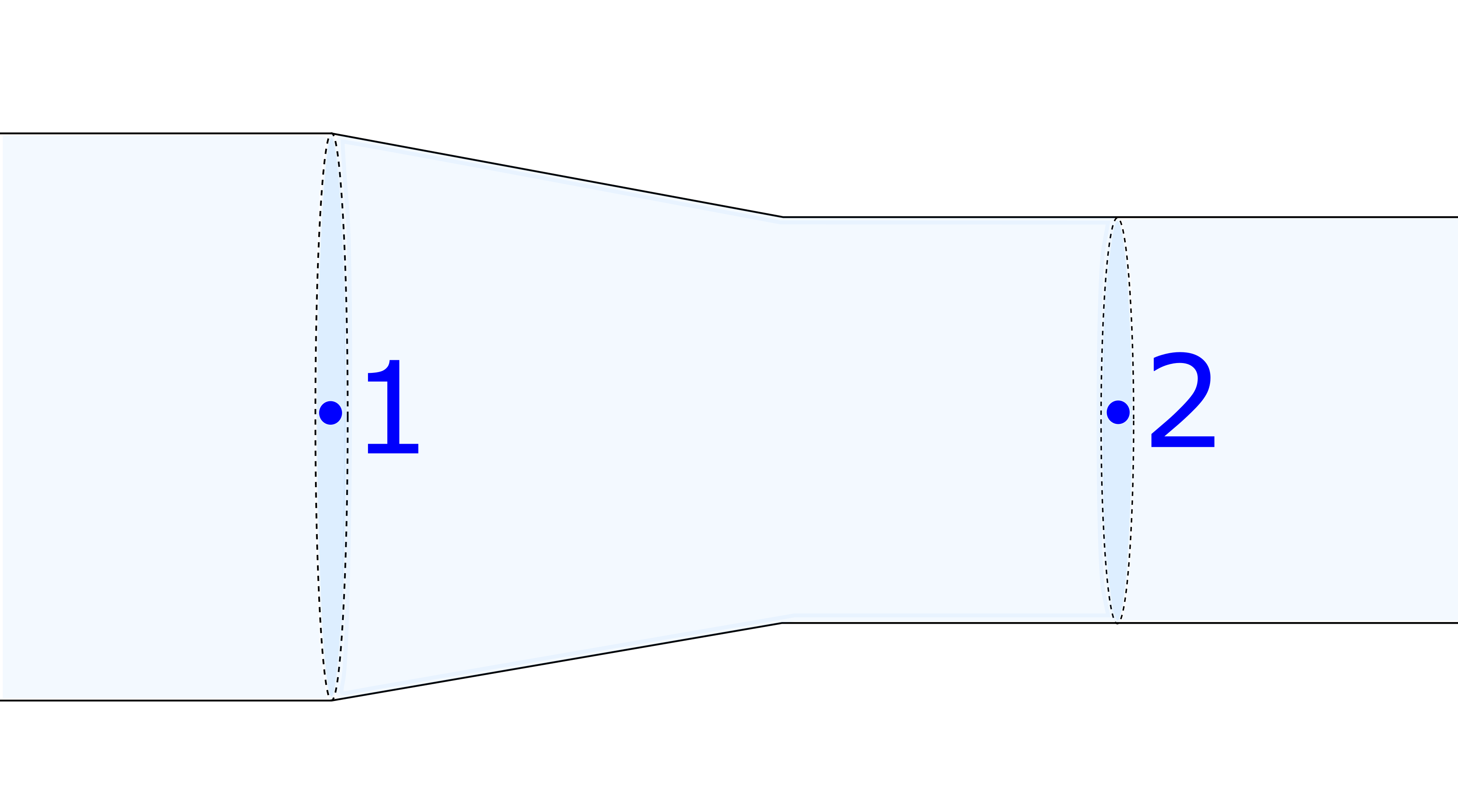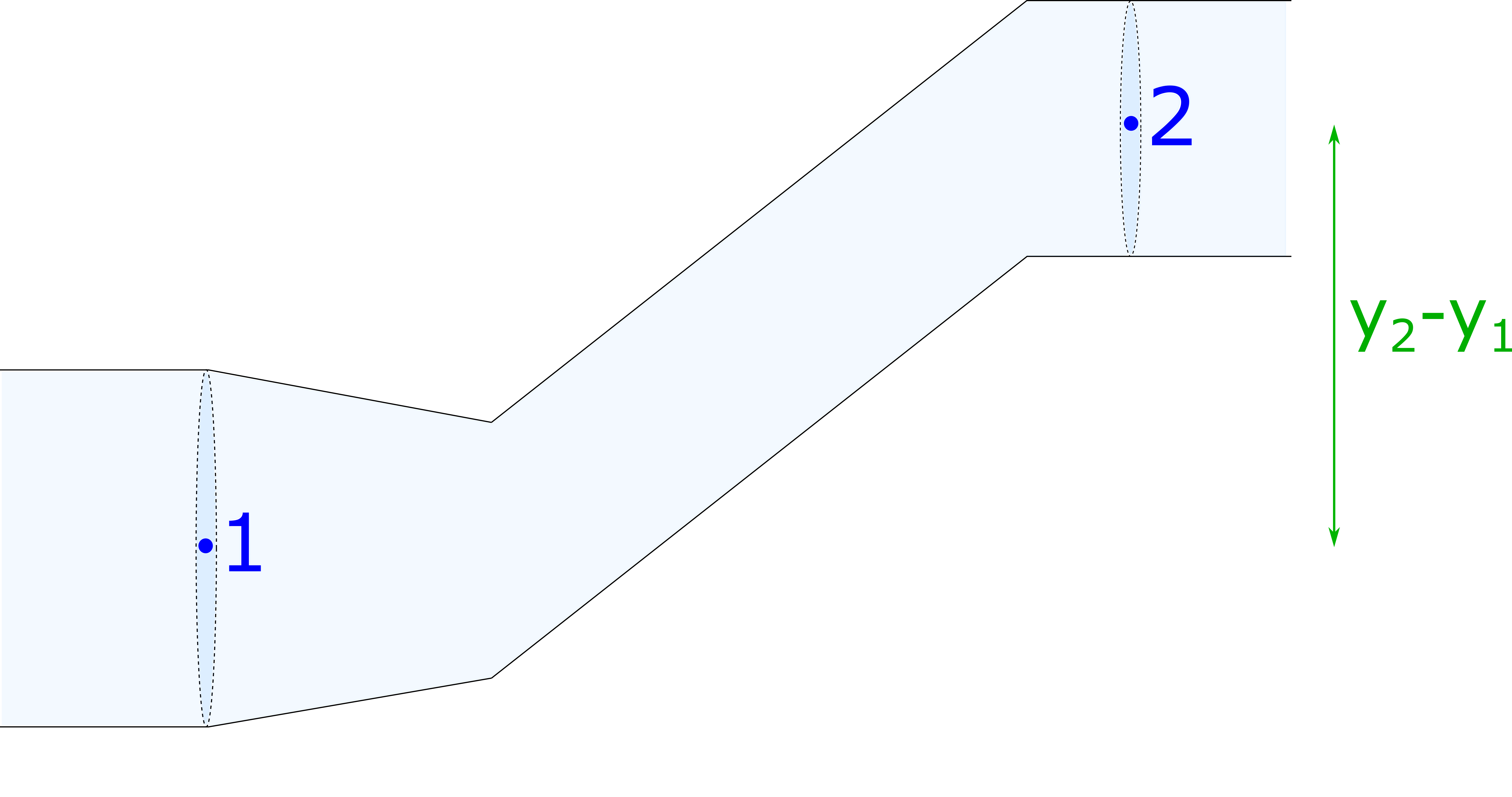Some cool implications of Bernoulli's Principle
https://www.youtube.com/watch?v=Ms81KGAXFDo
Learning Objectives
One of Project BoxSand's goals is to close-the-loop on effective curriculum reform iterations. We are coding all the content and resources, every text, video, and homework question, to a set of atomistic learning objectives. As students go through the course we can see how their path through resources relates to successfully completing these learning objectives. This allows us to find the most effective resources for accomplishing the desired learning outcomes.
Summary
The goal is to become familiar with the characteristics of vectors in multiple representations and use them for the appropriate physical quantities. Specifically, students need to be able to use physical and mathematical representation to perform vector operations such as scalar multiplication, addition, subtraction.
Atomistic Goals
Students will be able to...
Continuity
1. Understand the simplifying assumptions leading up the the continuity equation.
2. Apply the continuity equation to determine velocities or cross sectional areas needed when given certain specifications.
3. Strengthen the ability to perform proportional reasoning.
4. Demonstrate the ability to determine if necessary and to connect kinematic equations involving fluid motion.
Bernoulli's Principle
5. Apply previous knowledge about conservation of energy to derive Bernoulli's equation.
6. Understand how increases or decreases in fluid speed affects pressure.
7. Strengthen the ability to solve simultaneous equations.
Pre-lecture | Familiarize Stage
The success of this curriculum relies heavily on preparing for lecture by engaging with the pre-lecture study resources below. The pre-lecture videos and homework have the strongest correlation with success, followed by the reading. More engagement with all of the resources is correlated with better performance in the course. Students who do the pre-lecture study and homework also report much greater satisfaction with the course. Routine is the heavy lifter of success!
Reading
To prepare for the pre-lecture homework and the lecture material, read the following OpenStax textbook chapters, BoxSand introductions, or other linked articles.
Chapter 12.2 of the Openstax text covers Bernoulli's Equation. Chapter 12.3 covers a more general application of Bernoulli's principle.
Videos
To prepare for the pre-lecture homework and lecture materials, watch the following required videos. Research shows that taking notes by hand is the preferable method for retention. For this reason these videos are paced so that you can write down everything we write down. There are also supplementary videos that are strongly suggested but could be viewed after lecture while working on practice problems. Watching all of these videos is shown to be one of the strongest correlators with success in this course.
| Required Pre-lecture Videos |
Fluids Dynamics - assumptions (3min) **
Fluids Dynamics - assumptions (3min) **
Fluids Dynamics - continuity (6min)
Fluids Dynamics - continuity (6min)
Fluids Dynamics - Bernoullis (9min)
Fluids Dynamics - Bernoullis (9min)
| Supplemental but Suggested |
Fluids Dynamics - example continuity spray distance (5min) **
Fluids Dynamics - example continuity spray distance (5min) **
Fluids Dynamics - velocity fields (7min) **
Fluids Dynamics - velocity fields (7min) **
Fluids Dynamics - lift and aerofoils (5min) **
Fluids Dynamics - lift and aerofoils (5min) **
Fluids Dynamics - lift and aerofoil example (2min) **
Fluids Dynamics - lift and aerofoil example (2min) **
Fluids Dynamics - Bernoullis example venturi tube (5min) **
Fluids Dynamics - Bernoullis example venturi tube (5min) **
Fluids Dynamics - Bernoullis to hydrostatic pressure (2min) **
Fluids Dynamics - Bernoullis to hydrostatic pressure (2min) **
Simulations
Other Suggested Resources
Pre-lecture Homework
Complete the following assignment before attending lecture or answering the lecture questions. Watching the videos and performing the suggested reading before attempting these questions will likely be necessary.
Pre-lecture Homework | Calendar
Lecture | Foundation Stage
In order to maximize efficiency while learning physics, education research has suggested a Flipped Classroom approach with multiple Guided Peer Learning (GPL) lectures a week. To get the most out of these events students need to front load the lecture with pre-lecture study, outlined above. Attending a live lecture is highly preferred but if you're unable to, there is an asynchronous alternative. During lecture it is important to either use a digital version with a tablet and pen, or print a copy to write on. If the live lectures feel too fast, read through each lecture question and prepare before class begins. Many questions will be skipped due to time constraints, it is a good study strategy to come back and try to answer those questions.
Lecture Templates
The blank template workbook is provided so that you do not have to write down the questions or redraw complicated figures.
Lecture Template | Calendar
Lecture Solutions
The completed templates will be available within one week of the last lecture class. It is an important metacognative step to review the questions you've answered that we were unable to cover in class.
Lecture Solutions | Calendar
Post-lecture | Practice Stage
The most important post-lecture activity is doing your post-lecture homework shortly after completing the lecture questions. You learn physics by practicing problems! Occasionally there may be additional resources on the BoxSand site that we feel could be helpful in your learning. Those resources will be linked here.
Reading
1. none
Videos
1. none
Simulations
1. none
Other Suggested Resources
1. none
Example Problems and Practice
1. Consider the figure below. The pressure drops $5 \, kPa$ from location 1 to location 2. The speed of the water at location 1 is known to be $3.87 \, m/s$. What is the speed at location 2?

2. Consider the figure below. The pressure drops $5 \, kPa$ from location 1 to location 2. The speed of the water at location 1 is equal to the speed at location 2. What is the change in height between these two locations?

3. Consider the figure below. The pressure drops $5 \, kPa$ from location 1 to location 2. The diameter of the pipe at location 1 is $3 \, cm$ and at location 2 is $2 \, cm$. What is the speed of the water at each location?

CLICK HERE for solutions.
There are additional practice problems you can work for credit | Calendar
Post-lecture Homework
Complete the post-lecture homework assignment as soon as possible after completing the lecture questions. If you need help, and you've already watched the pre-lecture videos and read the pre-lecture readings, reach out to one of our many support systems available here: support site.
Post-lecture Homework | Calendar
Challenge Homework | Mastery Stage
One of the main learning objectives is improving problem solving and critical thinking skills. These are high on Bloom's Taxonomy of thinking and require synthesizing multiple logical ideas and concepts into a consistent framework. To improve these skills requires continually pushing the envelope on what you can analyze. Challenge homework is designed to push you, often to the point of reaching out for help. Luckily we are ready to support you with our live and asynchronous support. The last objective of challenge homework is for you to write out your solutions clearly, have them graded by a human, and partial credit given. Exams are all about partial credit and a clearly organized solution that leads the reader through the logical pieces. Challenge homework is place to practice these steps. For more help on any studies or homework, see our support site.
Your challenge homework solutions are to be saved as a PDF and uploaded to Gradescope.
Challenge Homework Questions
Download the questions below and either answer them digitally with your tablet and pen or by hand.
Challenge Homework Questions can be found on the calendar.
Challenge Homework Solutions
Challenge homework solutions will be available within one week of their due date.
Challenge Homework Solutions | Calendar